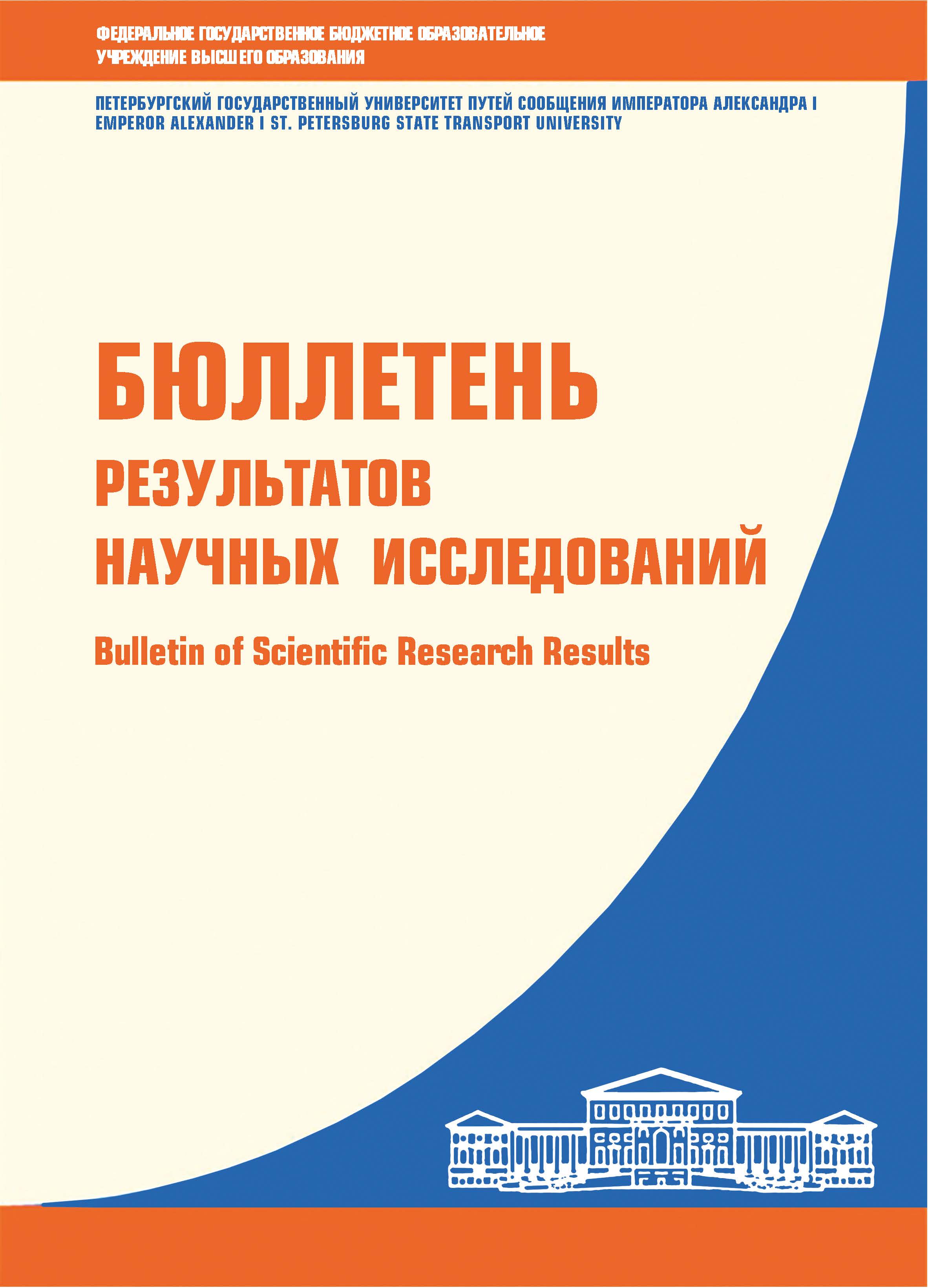Russian Federation
Purpose: to consider the problem of railway subgrade stability under seismic conditions. Show the need to increase stability during an earthquake. Determine the possibility of increasing seismic resistance by introducing a damping layer into the structure. Determine the optimal damping parameters, taking into account the rational use of subgrade materials. Methods: calculations of embankment stability are carried out using the method of G. M. Shakhunyants. An earthquake is taken into account through an increase in shear forces acting on the cells of the sliding massif. The maximum accelerations of the compartments are determined based on the results of finite element method dynamic calculation of a stress-strain state of the embankment during an earthquake, which is specified through an accelerogram. Results: the effectiveness of using a damping layer in the embankment structure, introduced to increase seismic resistance, has been shown. The dependence of the stability coefficient of the embankment on the Rayleigh parameters of the material composing the body of the entire embankment has been determined. For the best material parameters, the optimal thickness and position of the damping layer in the structure are determined, at which the stability coefficient takes on a standard value and the volume of the damping layer is minimal. Practical importance: as an alternative to the normative approach, the possibility of increasing the stability of a railway embankment under earthquake conditions by introducing a damping layer into the structure is presented. An algorithm for selecting optimal damping parameters has been determined in order to increase seismic resistance.
Railway subgrade, seismic impact, finite element method, stability, Rayleigh damping, damping layer
1. SP 32-104-98. Proektirovanie zemlyanogo polotna zheleznyh dorog kolei 1520 mm (utv. Gosstroem Rossii 27.12.1996; data vvedeniya: 01.01.1999).
2. Merkur'ev Yu. S. Modelirovanie seysmicheskogo vozdeystviya na zemlyanoe polotno s dempfiruyuschim sloem. Dinamicheskiy raschet po akselerogramme // Vestnik UrGUPS. 2024. № 1 (61). S. 110–119.
3. Predlozheniya po raschetu ustoychivosti otkosov vysokih nasypey i glubokih vyemok. M.: SoyuzdorNII , 1966.
4. Shahunyanc G. M. Zemlyanoe polotno zheleznyh dorog: voprosy proektirovaniya i rascheta: uchebnoe posobie dlya vuzov zh.-d. transporta. M.: Transzheldorizdat, 1953. 827 s.
5. SP14.13330.2018. Stroitel'stvo v seysmicheskih rayonah (utv. Prikazom Ministerstva stroitel'stva i zhilischno-kommunal'nogo hozyaystva RF ot 24.05.2018 № 309/pr). M.: Standartinform, 2018.
6. Plaxis. PLAXIS CONNECT Edition V20 [Elektronnyy resurs]. URL: https://www.plaxis.ru/support/manual_supplement/ (data obrascheniya: 06.03.2024).
7. Brinkgreve R. B. J., Kappert M. H., Bonnier P. G. Hysteretic damping in a small-strain stiffness model // Proc. NUMOG X. 2007. R. 737–742.
8. Voznesenskiy E. A., Kushnareva E. S., Funikova V. V. Priroda i zakonomernosti pogloscheniya voln napryazheniy v gruntah // Vestnik Moskovskogo universiteta. Seriya: Geologiya. 2011. № 4. S. 39–47.
9. Gusev E. L . Konstruktivnye metody sinteza sloisto-neodnorodnyh struktur pri vozdeystvii uprugih voln // Akusticheskiy zhurnal. 2008. № 5. S. 807–805.
10. Ishihara K. Povedenie gruntov pri zemletryaseniyah / per. s angl.; pod red. A. B . Fadeeva, M. B . L isyuka. SPb.: NPO «Georekonstrukciya Fundament-proekt», 2006. 384 s.
11. Syvorotkin V. L . Zemletryaseniya // Prostranstvo i vremya. 2011. № 2 (4). S. 124–137.









